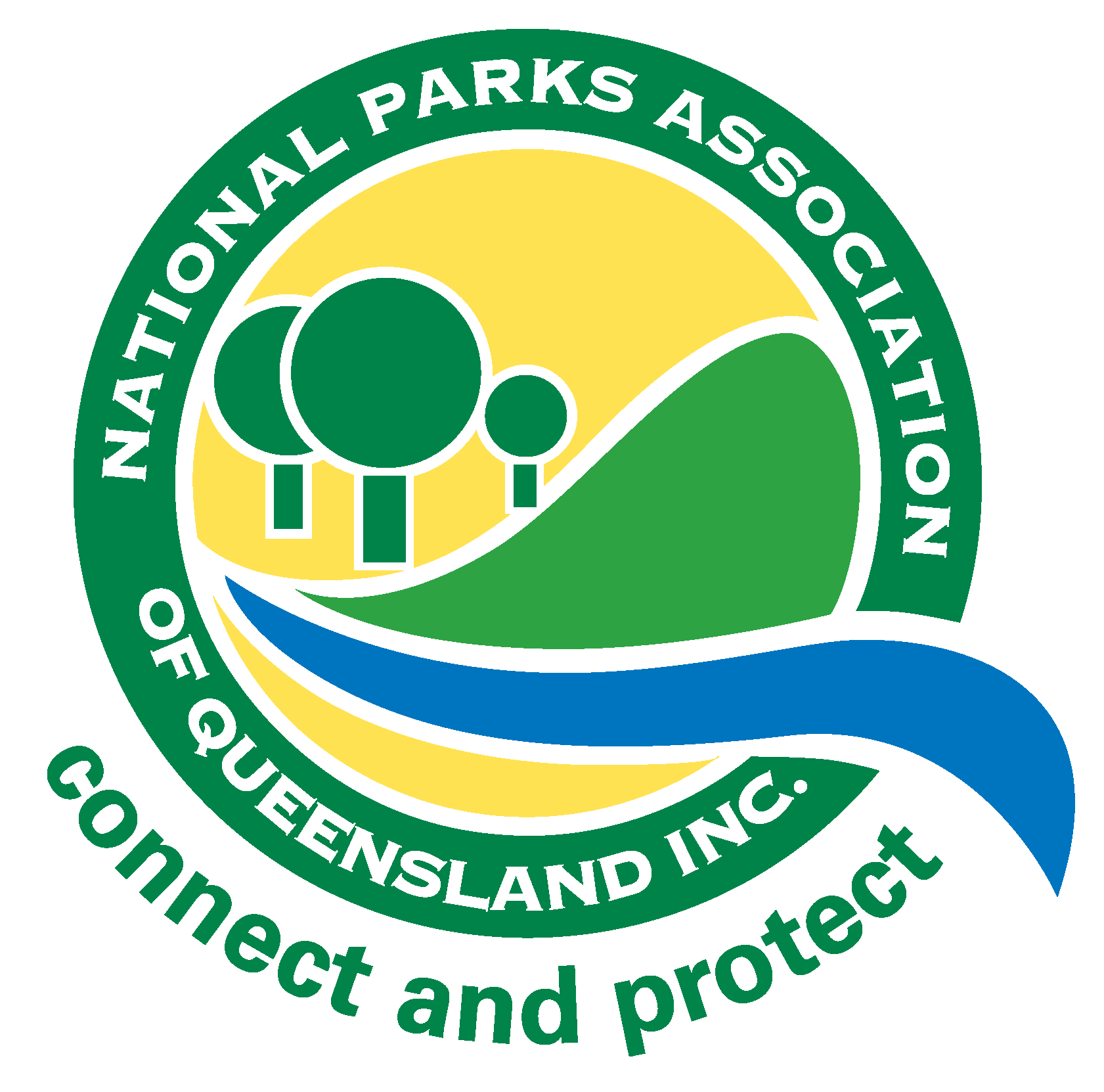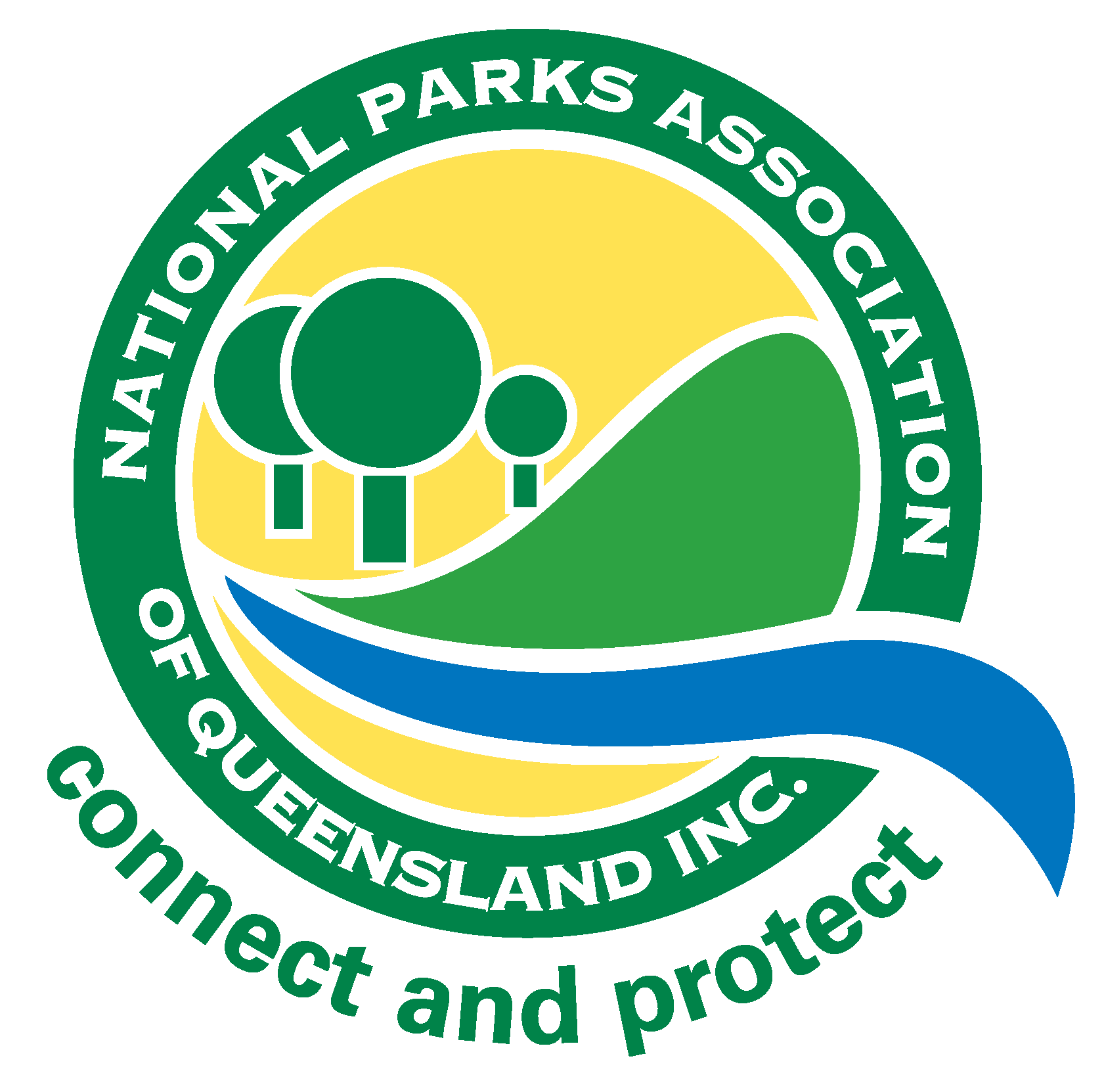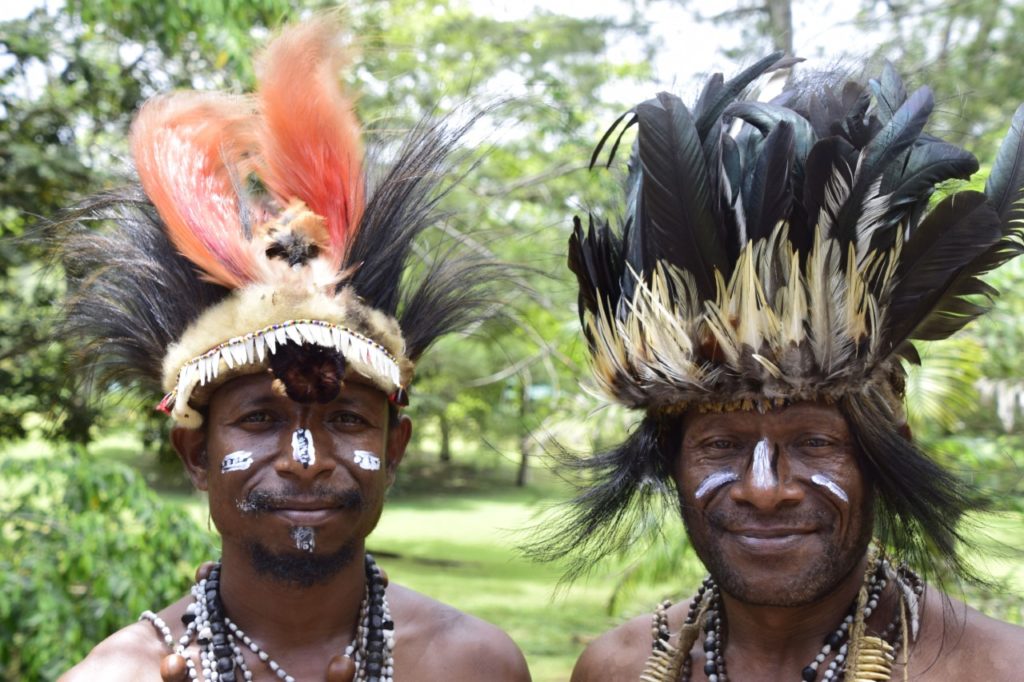Protected Magazine
Protected Areas in PNG
Customary landowners in Papua New Guinea (PNG) are the backbone of a protected area (PA) network that strives to balance the sometimes-competing demands of biodiversity conservation, sustainable livelihoods and cultural traditions.
PNG occupies the eastern part of the island of New Guinea and includes several large islands. It shares a land border with Indonesia and marine borders with Solomon Islands and Australia. Although the Australian island of Saibai in the Torres Strait is only a few kilometers from the PNG mainland, Australians may not know much about its PA network.
The country’s diverse physical geography includes a central mountain range that has the country’s tallest peak, Mt. Wilhelm at 4,509 meters. The biodiversity is significant. It is estimated that about 5 percent of global biodiversity is represented in the 1 percent of the world’s land area that is PNG. The population of nearly nine million people is largely rural, living a traditional village lifestyle engaging in subsistence agriculture and small-scale cash cropping. About 97% of the land area of PNG is owned by customary landowners.
The PA network of PNG includes national parks like Mt. Wilhelm; memorial parks like Cape Wom; and historical reserves such as the Kokoda Track. However, the great majority of PAs are Wildlife Management Areas WMAs) that are largely initiated by customary landholders. Most of the country’s 22 provinces have at least one PA.
The locally initiated PAs have a common theme underpinning why customary landowners sought official government recognition. Protection of the natural habitat for future generations is an often broadly stated goal of customary landowners. Protecting the land/sea assists in helping to maintain traditional customs, languages and knowledge. More specifically, this protection may be to maintain a breeding area for species like flying fox, cassowary (muruk), turtle and bird of paradise (kumul), whose feathers are used by dancers in ceremonial occasions. Conserving biodiversity also provides opportunities for sustainable livelihoods and community development activities like hunting, market gardens and tourism. Customary landowners often live within the boundaries of their PA where traditional management practices have been in place for generations.
During 2016-17 a management effectiveness survey was undertaken of most PAs in PNG. It required a small group of customary landowners from each PA to answer a series of questions about their area. The survey covered: key values and benefits; threats; management effectiveness; and trends. Customary landowners were enthusiastic about the values and benefits of their PA.
The most often mentioned value was the natural environment. The WMA is our ‘mama graun’ (mother earth). It has kumuls (bird of paradise), tree kangaroos, cassowaries, wallabies, lizards, fish, eels, prawns. It has diverse biodiversity and several rare and threatened species. It has mountains with caves and waterfalls. We form an association with mama graun. Our survival depends on this and we need to protect this land, the forest and the animals (Mojirau WMA).
Next in importance was the socio-economic values (livelihood and commercial). Hunting takes place, but it is governed by traditional rules and the impact is low. There are allocated places for hunting and restrictions on the numbers that can be killed (Klampun WMA).
The third most mentioned value was cultural. We use our protected area to teach our children about the land and wildlife. There is a sacred place for the wallaby. Wallabies have a special meeting place, and they have a leader (usually smaller than the other wallabies), and the wallabies gather and ‘listen’ to the small wallaby (Garu WMA).
These statements from customary landowners reinforce the interdependence and close connection PNG people have with their natural environment. The most frequently reported threat across the country’s PAs was climate change and severe weather.
The traditional calendar for planting and hunting has been affected (by climate change) (Tavolo WMA).The villages on the coast now flood at the high tide (Tonda WMA).Other threats are invasive species, population increase and expanded settlements, logging, mining, oil palm plantations, landslides, erosion, coral bleaching, lack of government support, loss of cultural values, knowledge and traditions, geological events, illegal harvesting of marine resources and hunting by neighbouring villages that are outside the protected area.
The WMA is surrounded by developments – a Special Agricultural Business Lease on one side and an oil palm plantation on the other. The community is working to protect and maintain their forested environment in the WMA (Chair, Tavolo WMA Management Committee).The survey revealed several shortcomings at all levels from village to national government level. Overall progress in achieving high levels of management effectiveness across the PA network is very limited. Only four of the 58 PAs demonstrated ‘very good’ progress and all four receive significant funding from government and non-government sources. Three WMAs reported ‘good’ progress and display strong and committed leadership, very effective management committees, or have success in gaining assistance and support from NGOs. Most of the remaining PAs struggle to deliver even basic management. Despite limited progress, the majority of PAs estimated that their values were in a good or very good condition. While there has been loss and degradation of natural vegetation in most PAs, it has been largely from small scale clearing and settlement. This impact can be reduced significantly through strong management and assistance with enforcement.
Customary landowners express sound and achievable ideas to reinvigorate the PA network. Filling the funding gap takes priority, followed by a need to enhance the effectiveness of management committees, develop management plans, train rangers, facilitate research, increase the number of women and youth on committees, and initiate education and awareness programs. The list is long, but the common thread is an absence of funding and engagement by government and NGOs.
The revitalisation of the PA network has community backing because there is a strong desire to protect and continue their languages, traditions and culture including the preservation of sacred and spiritual places. The promotion of sustainable and self-reliant livelihoods would be warmly embraced by all PAs.
If we do not protect rare, threatened and endangered species now, they will not be there for the children. They will only be heard about in our legends (Maza WMA).This sentiment has relevance beyond a remote protected area in PNG.


